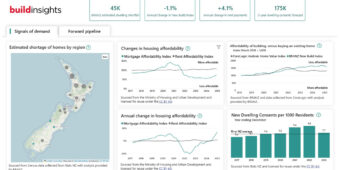Get financially fit, says Westpac report
17 Mar 2023, Industry News, News
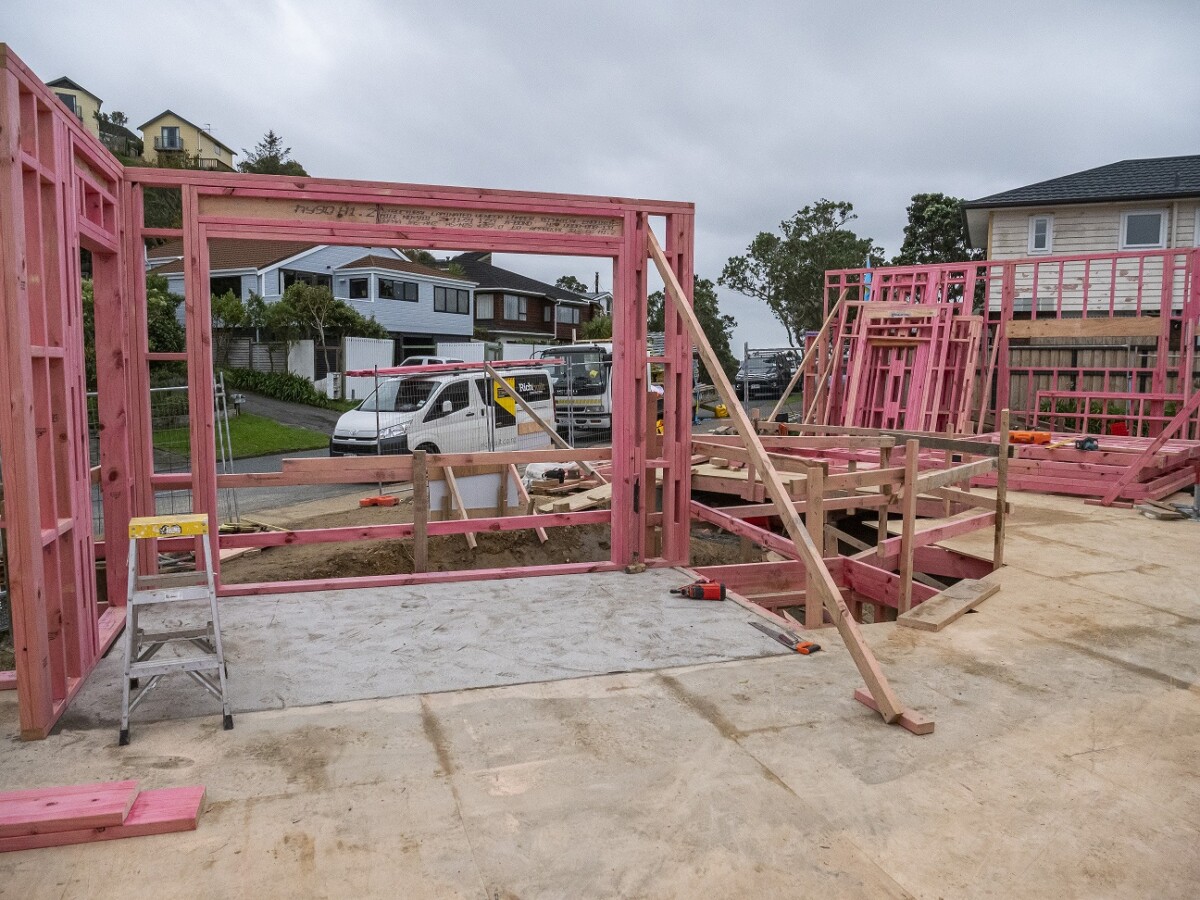
A series of reports from Westpac has predicted a downturn in the building and construction sector. In this article, Under Construction summarises the key points and highlights the practical tips offered to builders within the reports
High finance costs, material price increases, a climb in wages and a fall in house prices could mean a 12% decline in home building activity over the next few years – according to the Economic Overview November 2022 published by Westpac.
“A number of small to mid-size construction firms are already reporting a drop off in forward orders, and we’re also hearing anecdotes about planned projects being shelved,” the report stated.
One mitigating factor is the high level of residential consents. With over 50,000 in the past 12 months, there is a strong pipeline of demand. Additionally, Westpac forecasts that labour shortages will result in longer completion times, thus ensuring work will continue at a steady pace.
A second report – Westpac Economic Bulletin Residential Building in New Zealand – has put forward several ways for firms to navigate the predicted slump.
Get financially fit
The report argues that builders must properly understand cost and revenue – and that companies without access to up-to-date financial information can’t make the changes required to weather any downturn.
“Builders that know exactly what their outgoings and incomings are and are able to monitor them on an ongoing basis are generally more resilient and better able to handle disruptive events like Covid or an associated economic downturn,” said Paul Clark, Industry Economist at Westpac.
Preserving margins is also important. Westpac suggests reducing costs via “plugging profit leaks” or investigating efficiency gains is a good way to start. Boosting revenue via focusing on projects that “preserve the gap between revenues and costs” should be considered, said the report.
Branching out into other areas of the construction industry is also a good way to protect future revenue. According to Westpac, Kāinga Ora will receive $14bn worth of funding in the next five years.
“An industry source in Canterbury, for example, indicated that in addition to building houses, they also undertake renovation work for their local council,” said Clark. “In a similar vein, builders that face a decline in privately funded building work are more likely to go after projects funded by government agencies.”
“Irrespective of what form diversification takes, it is critical that building firms only pursue work that leverages off existing strengths,” added Clark.
Restricted cashflow can have disastrous results. To preserve cash reserves, invest in processes and systems to ensure invoices are paid in full and on time – including outgoing costs.
Clark said that “by monitoring cashflow, a company can better predict its needs, flag potential problems, and ultimately help grow the business”.
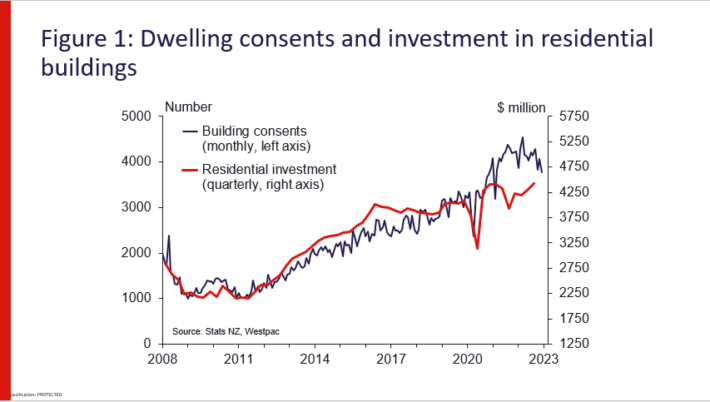
Build the right structure
Business owners should attempt to take a longer-term view of their business, make changes to increase competitiveness and entice sustainable growth. Communication with customers could also be improved and can help eliminate unrealistic expectations.
Cutting inefficiency is one way in which firms can ensure they have a lower cost of delivery, which increases profit margins.
The report did concede that struggles with price rises and labour restrictions are industry-wide and hard to overcome.
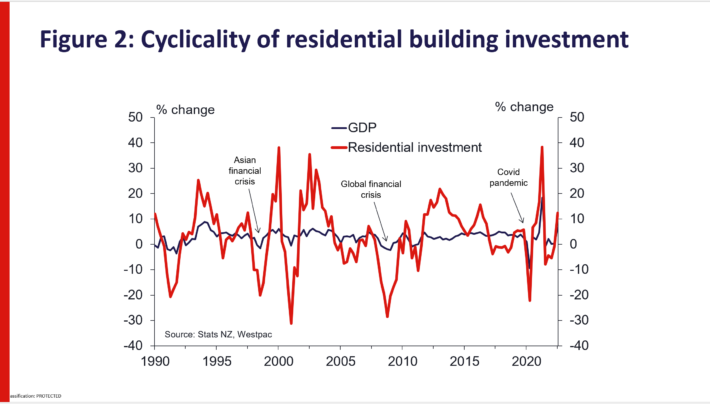
Embrace technology
“Digitalisation has the potential to completely transform how houses are built in this country, resulting in better operating efficiencies, less waste, and a lower carbon manufacturing sector,” said Clark.
The building industry could use robotics automation, 3D printing, sensors, artificial intelligence, the Internet of Things (IoT) and big data to create a more efficient sector.
That would result in changing the work a builder does and outsourcing some traditional building processes to specialist firms (such as prefabrication companies), added the report. Under this model, builders would become “home assemblers”, who put together modular units and, if their skills allow, finalising aspects such as plumbing, roofing and electrics.
“The potential benefits are huge. They range from reducing unit costs of production to improving build quality, less rework, better on-time delivery, and increased responsiveness to customer requirements,” said Clark.
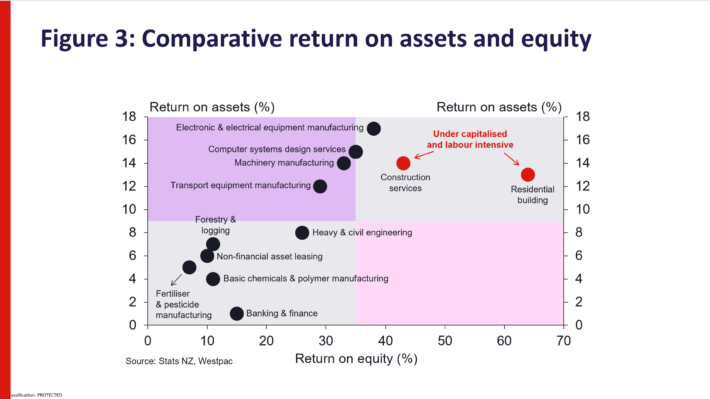
Blinded by returns
High returns have disincentivised the industry from making the sweeping changes detailed in the report, it says. Large investment would be required to build new factories, acquire new equipment and embrace new digital technologies.
Investment would need to yield returns, which would “require operating at a scale not yet seen in New Zealand”, said the report.
What the future holds
The Westpac report anticipates that any downturn across the building industry in New Zealand will mean that financially unfit firms with poor structures and limited diversification of customers to include non-private sector customers will suffer first.
Firms that can do those things are likely to ride out downturns in the economy and emerge on the other side able to take advantage of the next upswing.
Years ahead, the report has outlined what the New Zealand building industry could look like.
“We envisage the sector will look quite different in the future. We expect a smaller number of firms, most of whom are likely to be installers rather than builders. Focusing more on delivering a customer experience, these installers are likely to be larger, better resourced and more resilient to the boom-and-bust investment cycle that characterises this sector.
“That doesn’t mean that traditional builders will disappear. However, increasingly, we think they will be geared to the niche end of the market, focusing almost entirely on bespoke luxury homes.”
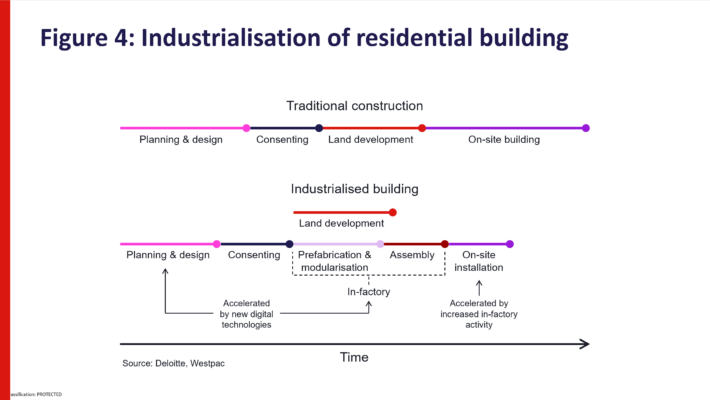
Register to earn LBP Points Sign in


